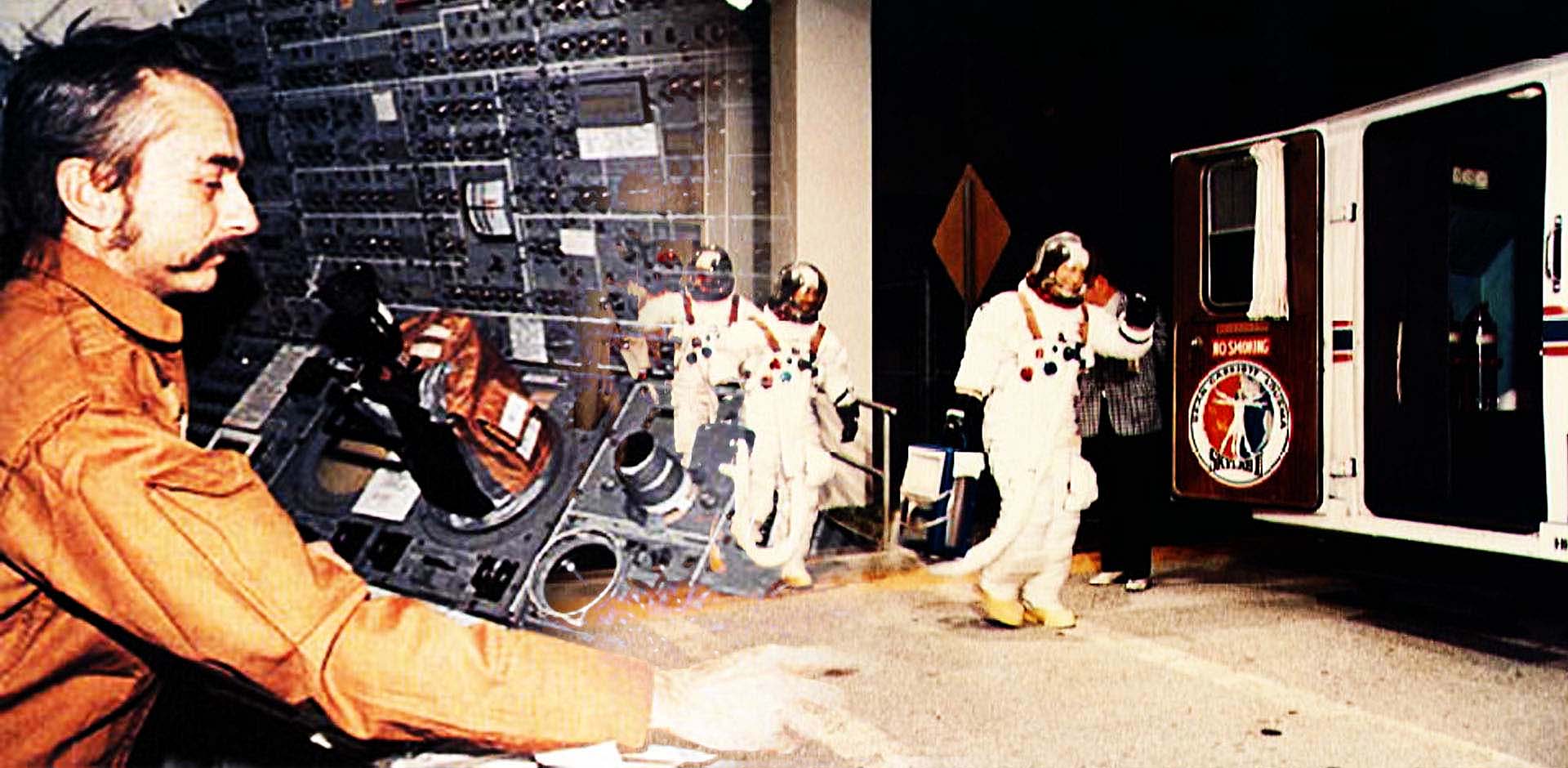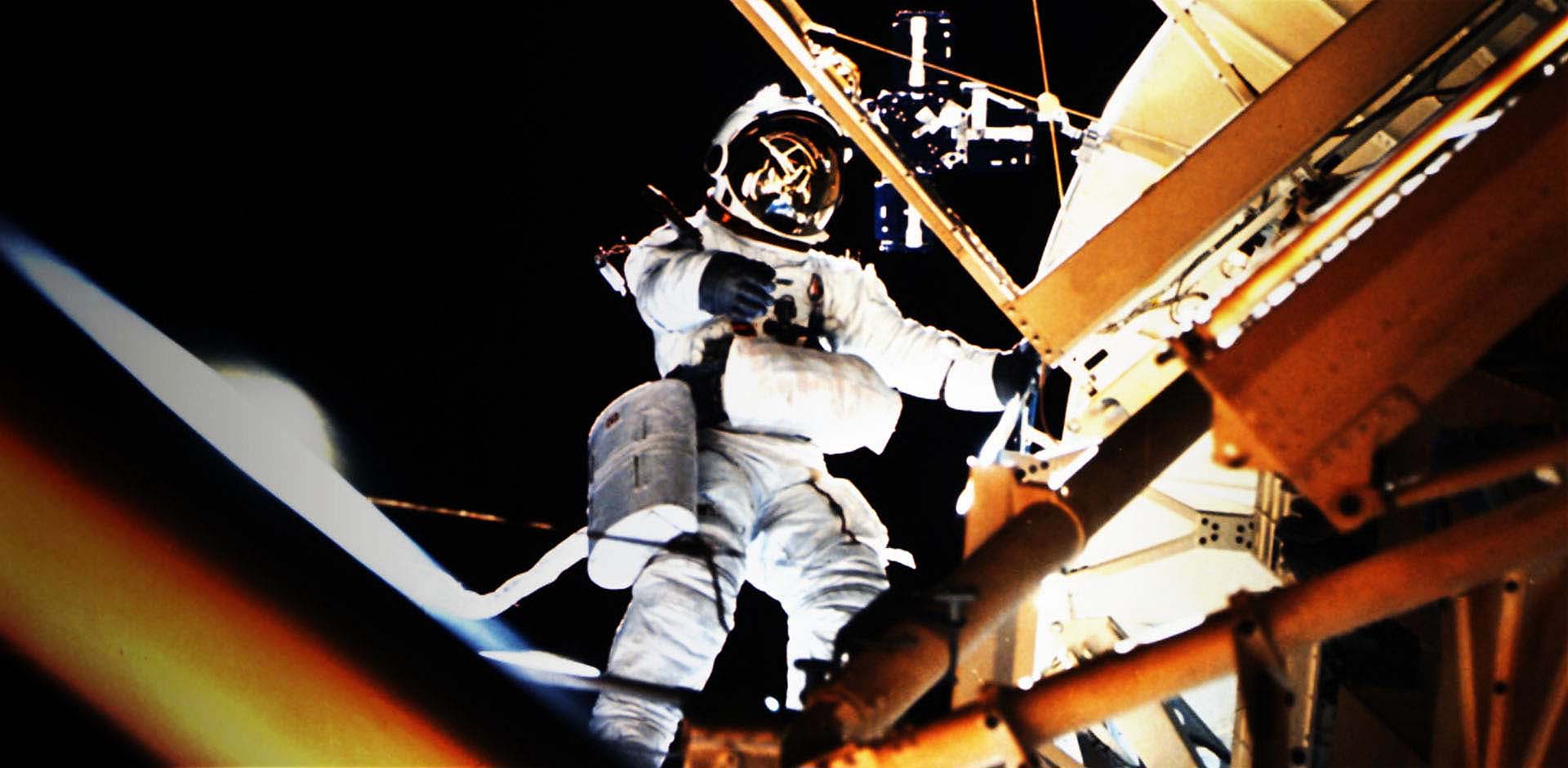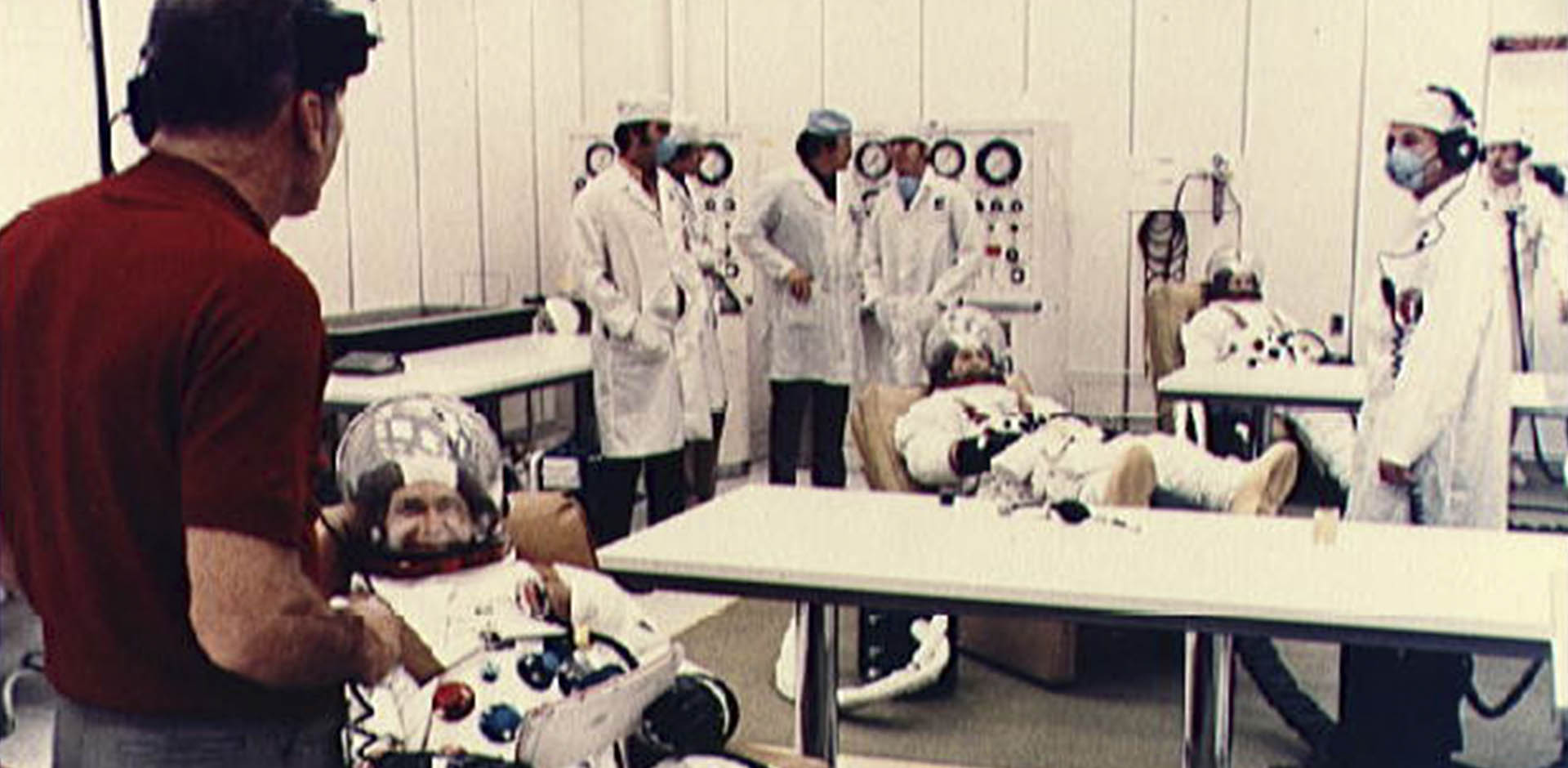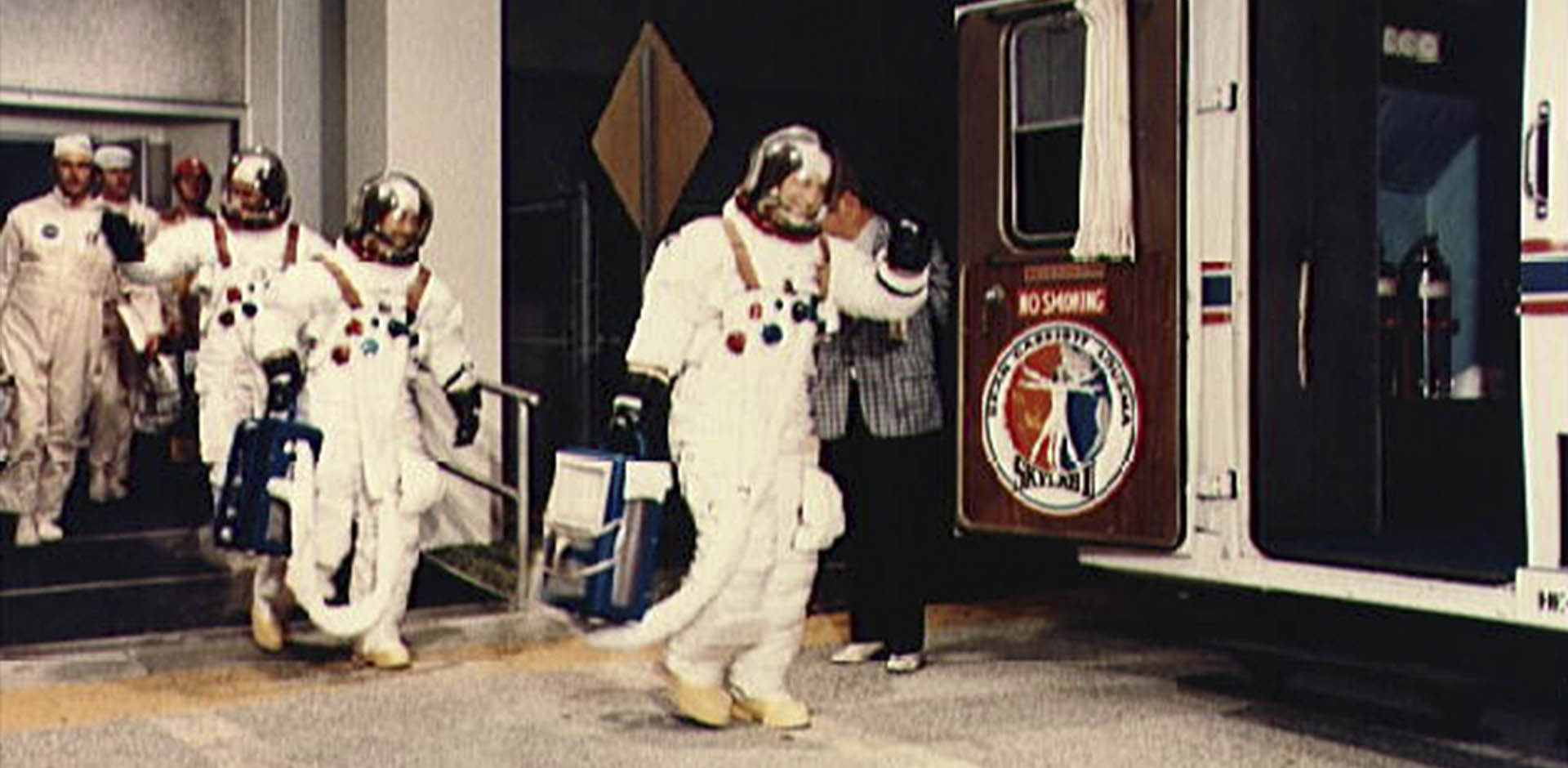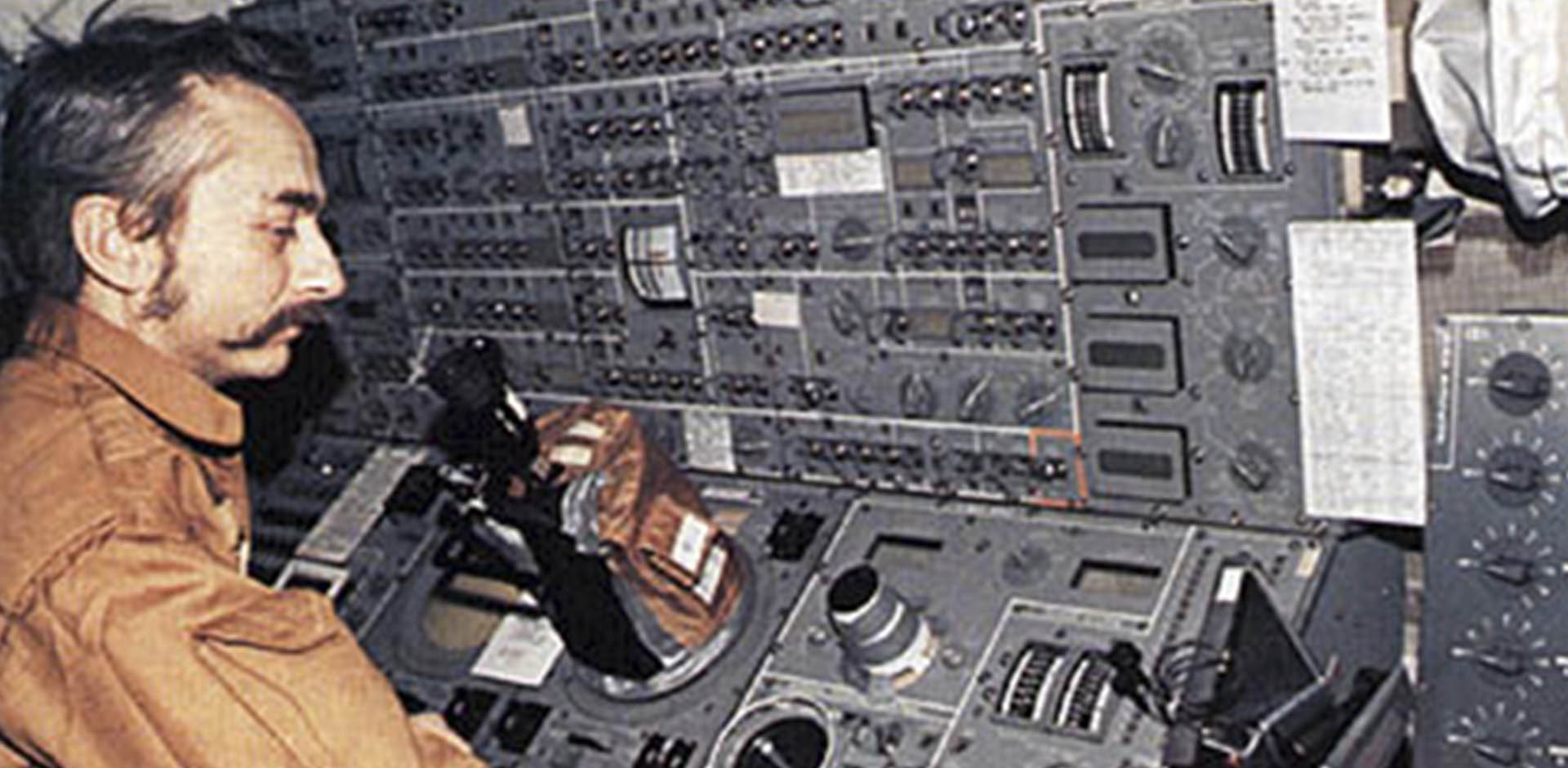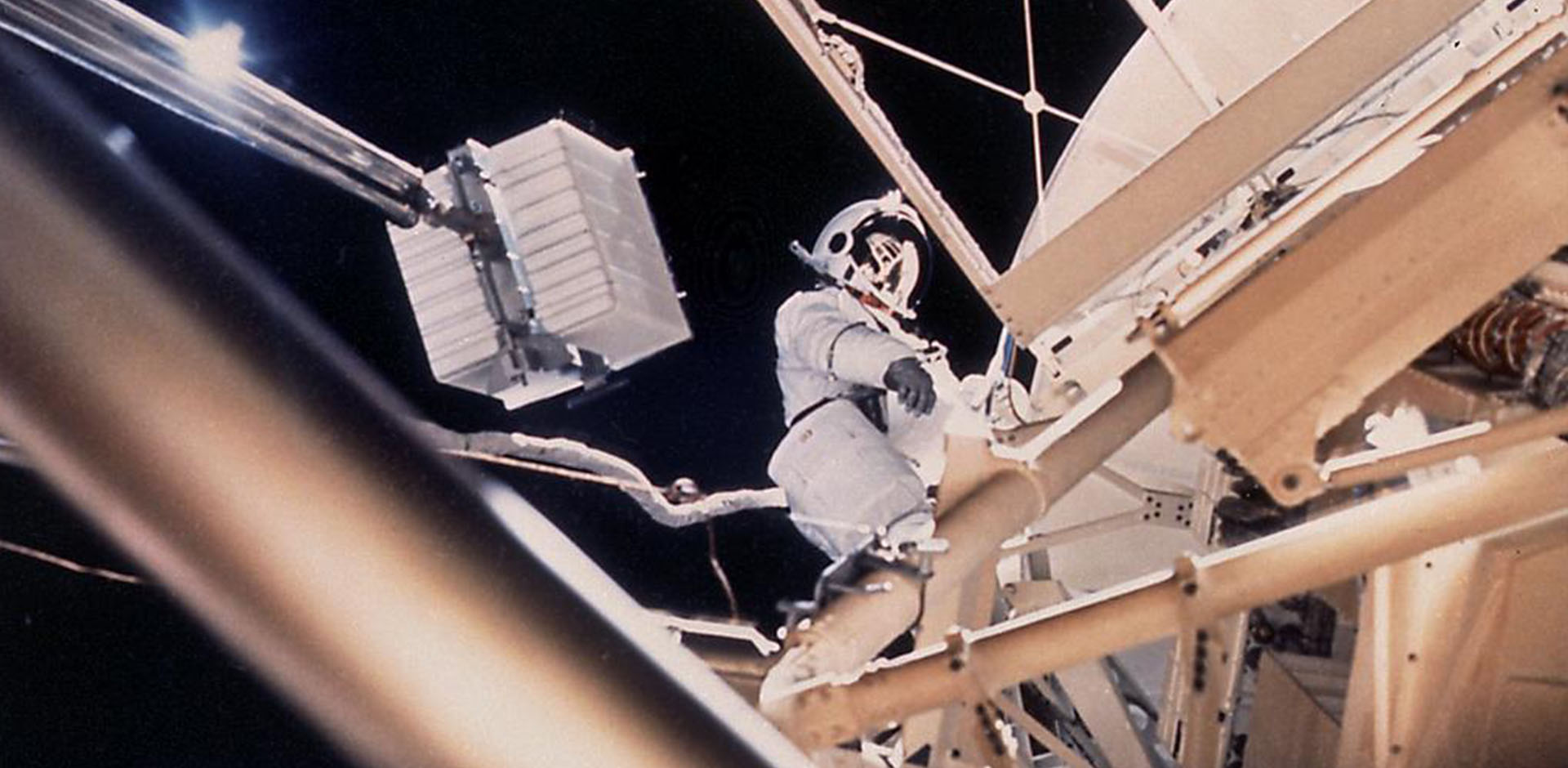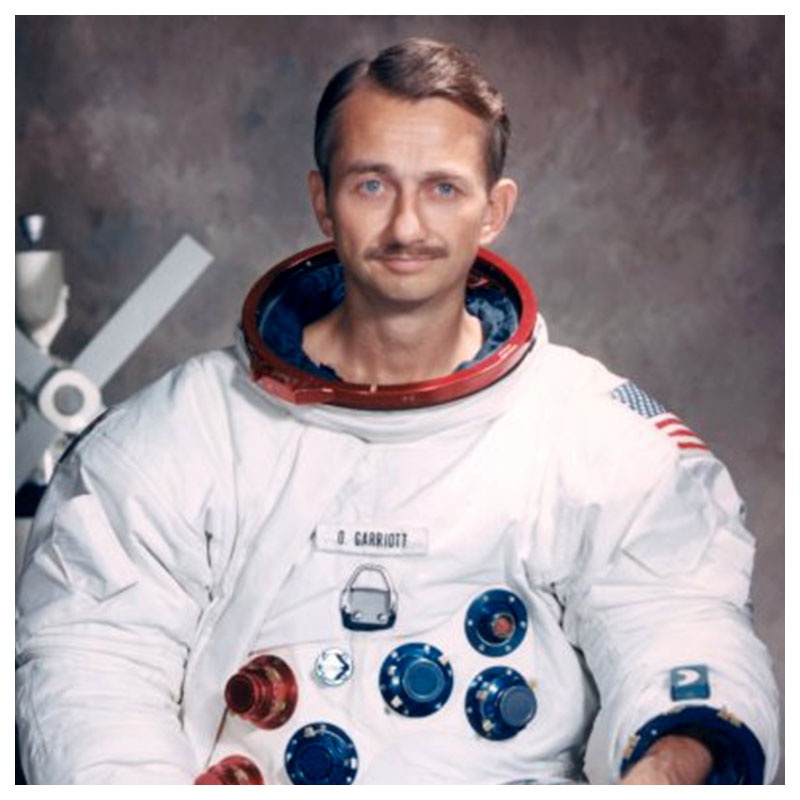
Home Country: U.S.A.
As former NASA astronaut, Dr. Owen Garriott spent 59 days aboard the Skylab space station in 1973 during the Skylab II mission, and 10 days aboard Spacelab-1 on a space shuttle mission in 1983. During Skylab II mission, Dr. Garriott used Apollo Telescope Mount (ATM) to examine the surface of the sun. He also became the first space scientist to perform various anti-magnetic experiments in space.
“Skylab took the first step of Americans living in space and doing useful science above the atmosphere at wavelengths not possible on the ground and for long duration periods.”
The purpose of life is to be honorable, and to have it make some difference that you have lived well. Space explorers go where there is no path and leave a trail.
Career Highlights:
* Dr. Owen Garriott received a Bachelor of Science in Electrical Engineering from the University of Oklahoma in 1953, and a Master of Science and Doctor of Philosophy from Stanford University in Electrical Engineering in 1957 and 1960, respectively. Dr. Garriott was presented an honorary Doctorate of Science from Phillips University in 1973.
* He completed a one-year U.S. Air Force Pilot Training Program in 1966, receiving qualification as pilot in jet aircraft. He has logged over 5,000 hours flying time, including over 2,900 hours in jet aircraft and the remainder in spacecraft, light aircraft and helicopters.
* On July 28, 1973, Dr. Owen Garriott reached the Skylab space station via the Apollo CSM capsule. Dr. Garriott’s first space mission turned out to be a journey of records – longest time spent on a space station – nearly two months, longest combined spacewalk, over 13 hours, and most extensive medical research in orbit.
* Early in the mission, Dr. Garriott performed a spacewalk to erect a new twin-pole solar shield that provided better thermal control for the remainder of the Skylab missions.
* On August 10, Dr. Garriott used the Apollo Telescope Mount (ATM) to examine the surface of the sun. He filmed an enormous eruption of solar radiation, and the ATM photos provided the first real glimpse of the solar atmosphere.
* During the 1973 flight, Dr. Garriott also conducted Zero-G Research (Fluids in Weightlessness) in space.
* In the orbiting Skylab space station, Dr. Owen Garriott performed demonstrations of magnetic effects in space. He examined how magnets interact with the magnetic field of the Earth. He also studied the use of magnets to sort out solar flare particles and cosmic ray particles, and the alignment of spaceship direction within the magnetic field of the Earth using a pair of bipolar magnets.
* His second space flight was the STS-9 (Spacelab-1) mission in 1983, a multidisciplinary and international mission of 10 days aboard space shuttle Columbia. Over 70 separate experiments in six different disciplines were conducted. He also operated the world's first amateur radio station from space, W5LFL.
* Between these missions, Dr. Garriott received a NASA fellowship for one year's study at Stanford (1975–76) and held the posts of deputy, acting and director of science and applications at Johnson Space Center, (1974–75, 76–78).
* From 1984 to 1986, Dr. Garriott held the position of project scientist in the Space Station Project Office.
* Dr. Garriott has received the following honors:
National Science Foundation Fellowship, 1960–61
Honorary Doctorate of Science, Phillips University (Enid, Oklahoma), 1973
NASA Distinguished Service Medal, 1973
Collier Trophy for 1973
Fédération Aéronautique Internationale, V. M. Komarov Diploma for 1973
Goddard Memorial Trophy for 1975
NASA Space Flight Medal, 1983
The Oklahoma Hall of Fame (1980)
Oklahoma Air and Space Hall of Fame (1980)
The Astronaut Hall of Fame (1997)
The Oklahoma Military Hall of Fame (2000)
Enid Public Schools Hall of Fame (2001)
* As the first amateur radio operator to operate from space, Dr. Garriott and fellow pioneering astronaut ham Tony England were honored with a Special Achievement Award from the Dayton Hamvention in 2002.
* More recently, Dr. Gariott has accepted a position as Adjunct Professor in the Laboratory for Structural Biology at the University of Alabama in Huntsville (UAH) and has participated in research activities there involving new microbes he has returned from extreme environments such as very alkaline lakes and deep sea hydrothermal vents. Hyperthermophiles were returned from several dives in Russian MIR submersibles to the Rainbow Vents at a depth of 2,300 meters near the Azores in the Atlantic Ocean.
* In 2011, Dr. Garriott assisted the Chilean rescue team to rescue 33 miners trapped underground by sending a capsule down a small shaft to return the miners to surface. He saw a strong parallel between challenges in space and the experiences of the miners. During his 1973 mission to the Skylab space station, failures in two of the thrusters in his Apollo command module called into question whether the vehicle could be used to return the astronauts safely to Earth, and led to a rescue investigation into how best to bring them home. Several aspects of the mine rescue operation echoed aspects of his Skylab experience, and Dr. Garriott provided a professional blueprint for the Chilean rescue operation.

